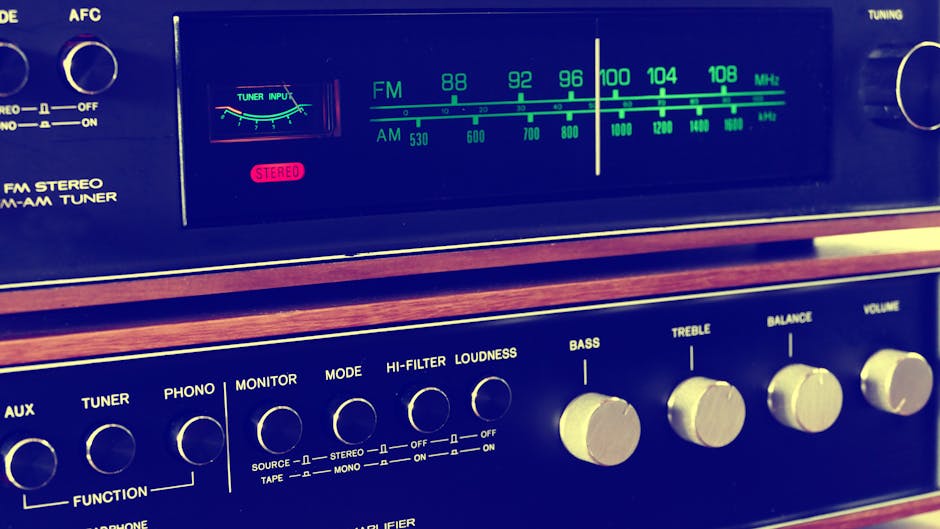Learning how to switch between tabs in Chrome efficiently can dramatically improve your browsing experience and boost your productivity. Chrome offers a multitude of ways to navigate your open tabs, from simple keyboard shortcuts to more advanced tab management techniques. This guide will cover all the essential methods to help you become a Chrome tab-switching pro.
Understanding the Importance of Efficient Tab Switching
In today’s digital landscape, it’s common to have numerous tabs open simultaneously. Efficiently switching between these tabs is crucial for staying organized and focused. Wasting time searching for the right tab can lead to frustration and decreased productivity. Mastering tab navigation allows you to quickly access the information you need, when you need it. Consider exploring for additional workflow enhancements.
Method 1: Keyboard Shortcuts for Quick Tab Switching
One of the fastest ways to switch between tabs in Chrome is by using keyboard shortcuts. These shortcuts allow you to navigate your tabs without lifting your hands from the keyboard, significantly speeding up your workflow.
Ctrl + Tab (or Cmd + Tab on Mac): This shortcut switches to the next tab in the order they appear in the tab bar. If you’re on the last tab, it will cycle back to the first tab. Ctrl + Shift + Tab (or Cmd + Shift + Tab on Mac): This shortcut switches to the previous tab in the order they appear in the tab bar. If you’re on the first tab, it will cycle back to the last tab. Ctrl + [Number] (or Cmd + [Number] on Mac): This shortcut allows you to jump directly to a specific tab. For example, Ctrl + 1 will take you to the first tab, Ctrl + 2 to the second tab, and so on. Ctrl + 9 will always take you to the last tab, regardless of its position. Ctrl + Page Up/Page Down: Similar to Ctrl+Tab and Ctrl+Shift+Tab, these shortcuts allow for forward and backward navigation respectively. Alt + Tab (Windows) or Cmd + Tab (Mac): This shortcut switches between all open applications, including Chrome, not just Chrome tabs.
These keyboard shortcuts are fundamental for anyone looking to improve their Chrome navigation skills. Practicing them regularly will make them second nature.
Method 2: Using the Mouse to Select Tabs
While keyboard shortcuts are efficient, sometimes using the mouse is preferable. Chrome provides several ways to select tabs using your mouse.
Clicking on the Tab: The most straightforward method is simply clicking on the tab you want to switch to. This is useful when you can easily see the tab you’re looking for. Tab Preview (Hovering): Hovering your mouse over a tab will often display a preview of the page, helping you quickly identify the correct tab if the title is unclear. Tab Scrolling: If you have many tabs open, they may become too small to easily click. In this case, you can use the scroll wheel on your mouse while hovering over the tab bar to scroll through the tabs horizontally. offers more details on accessibility features. Right-Clicking a Tab: Right-clicking on a tab provides a context menu with options like “Close tab,” “Duplicate tab,” “Pin tab,” and “Reopen closed tab.” This can be useful for managing your tabs in addition to switching between them.
Method 3: Leveraging Chrome’s Tab Search Feature
Chrome’s tab search feature is a powerful tool for quickly locating and switching to specific tabs, especially when you have many tabs open.
Accessing Tab Search: You can access the tab search feature by clicking the down arrow icon at the top right of your Chrome window (usually next to your profile picture) or by using the keyboard shortcut Ctrl + Shift + A (or Cmd + Shift + A on Mac). Searching for Tabs: Once the tab search window is open, you can type in keywords related to the tab you’re looking for. Chrome will display a list of matching tabs, including both open tabs and recently closed tabs. Switching to a Tab: Simply click on the tab you want to switch to from the search results. Searching History: The tab search also includes your browsing history, allowing you to quickly find previously visited pages.
The tab search feature is particularly useful when you can’t remember the exact title of a tab but know some keywords related to its content. Consider exploring for more tips.
Method 4: Grouping Tabs for Better Organization and Switching
Tab groups are a fantastic way to organize your tabs and make it easier to switch between related tasks or projects.
Creating a Tab Group: To create a tab group, right-click on a tab and select “Add tab to new group.” You can then give the group a name and a color. Adding Tabs to a Group: You can add existing tabs to a group by right-clicking on them and selecting “Add tab to group” followed by the name of the group. Switching Between Groups: Once you have created tab groups, you can easily switch between them by clicking on the group name in the tab bar. This will bring all the tabs in that group to the forefront. Collapsing and Expanding Groups: You can collapse a tab group by clicking on its name. This will hide all the tabs in the group, freeing up space in your tab bar. Click the name again to expand the group. Moving Groups: You can move entire tab groups around in the tab bar by dragging and dropping the group name.
Tab groups are an excellent way to keep your tabs organized and improve your overall browsing experience.
Method 5: Pinning Tabs for Constant Access
Pinning tabs is a simple yet effective way to keep important tabs readily accessible. Pinned tabs are smaller and always stay at the left side of the tab bar.
Pinning a Tab: To pin a tab, right-click on it and select “Pin tab.” Unpinning a Tab: To unpin a tab, right-click on it and select “Unpin tab.” Benefits of Pinning: Pinned tabs are always visible, even when you have many other tabs open. They also automatically reopen when you restart Chrome. Use Cases: Pinning is ideal for tabs you use frequently, such as your email, calendar, or social media accounts.
Advanced Tab Management Techniques: How to Quickly Switch Tabs in Chrome
Beyond the basic methods, there are more advanced techniques you can use to manage your tabs and optimize your switching workflow.
Chrome Extensions: Numerous Chrome extensions can enhance your tab management capabilities. Some popular extensions include: Tab Manager Plus: Provides a visual overview of all your open tabs and allows you to quickly search, sort, and switch between them. OneTab: Collapses all your open tabs into a single tab, freeing up memory and reducing clutter. You can then restore individual tabs or all tabs at once. Session Buddy: Allows you to save and restore entire browsing sessions, making it easy to pick up where you left off. Chrome Flags: Chrome Flags are experimental features that you can enable to customize your browsing experience. To access Chrome Flags, type `chrome://flags` in the address bar and press Enter. Be cautious when enabling flags, as they may cause instability. Some flags related to tab management include: `#enable-tab-groups-auto-create`: Automatically creates tab groups based on domain. `#scrollable-tabstrip`: Allows for horizontal scrolling of tabs when there are too many to fit in the tab bar. Mouse Gestures: Some users prefer using mouse gestures to navigate tabs. Extensions like “CrxMouse Chrome Gestures” allow you to perform actions like switching tabs by drawing specific patterns with your mouse.
Experimenting with these advanced techniques can help you find the tab management workflow that works best for you. offers a vast selection of extensions to improve tab management.
Conclusion: Mastering the Art of Switching Between Chrome Tabs
Mastering how to switch between tabs in Chrome is essential for anyone who spends a significant amount of time browsing the web. By utilizing keyboard shortcuts, mouse techniques, tab search, tab groups, and pinned tabs, you can significantly improve your productivity and reduce frustration. Don’t forget to explore Chrome extensions and flags for even more advanced tab management options. Start implementing these techniques today and experience the difference in your browsing workflow. Learning how to switch tabs efficiently will change how you use Chrome. Ready to become a Chrome power user? Begin practicing these methods now!
Related Articles
- iPhone 5c: A Colorful Look Back at Apple's Plastic Past
- How to Send a Delayed Text on iPhone: Schedule Messages for Later
- iPhone 12 Dimensions: A Comprehensive Size Guide






